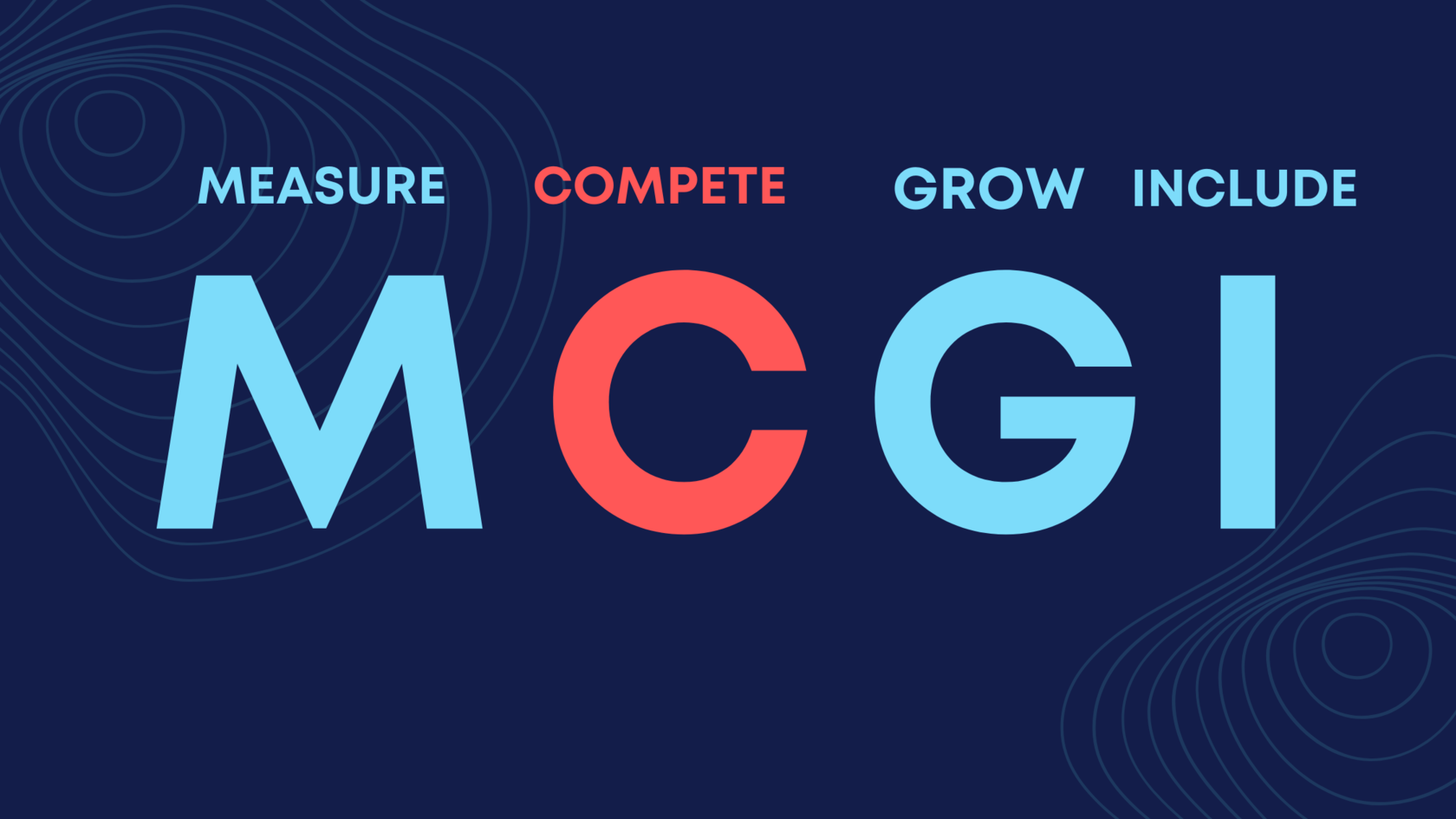The mortgage market is dynamic. Change can come quickly when interest rates start rising, when the unemployment rate increases, when home prices go up or down, when a new rule is implemented by federal regulators, when delinquencies start ticking up, and so on.
But there are some trends and events that take years to develop and manifest themselves more quietly as a change agent. One such trend is the change in the demographic makeup of a local community, metro area or entire state. While this change is more gradual, over time it produces and requires major shifts in the mortgage banking and broader housing industry.
How do lenders, realtors, builders, and governments stay on top of such change?
The first way people understand demographics is through human interactions. Both at work and after work we meet with, are introduced to, and otherwise cross paths with the people around us. We form impressions and notice facts about our communities that can be useful and important to professionals in the mortgage industry, e.g. the presence of new families (think baby strollers), languages spoken, indicators of expanding/shrinking businesses, etc.
We can't however be everywhere and observe everything, and this is where demographics research comes into the picture. According to Investopedia, "demographic analysis is the study of a population based on factors such as age, race, and sex. Demographic data refers to socioeconomic information expressed statistically, including employment, education, income", and we will also add - homeownership, relocation patterns, housing characteristics, household types, and much more.
Why should lenders pay attention?
Demographic data is very useful for businesses to understand how to market to consumers and plan strategically for future trends in consumer demand.
The combination of the internet, big data, and artificial intelligence is greatly amplifying the usefulness and application of demographics as a tool for marketing and business strategy.(Source: Investopedia)
~~~~~~~~ Housing is all about people! ~~~~~~~
There are 2 supercharged sources of demographics data relevant to the mortgage industry, and these are the sources we at Polygon Research bring to life in our interactive dashboards. The first is the US Census data, especially the American Community Survey 1YR and 5YR and the Current Population Survey (CPS) and its Annual Social Economic Supplement (ASEC) and other supplements. The second is the Home Mortgage Disclosure Act (HMDA) data. Integrating and modelling these data sets every year over time provides a powerful lens into both fast and slow-moving changes all around us.
How can lenders (and other stakeholders) use demographic data strategically?
Our users of CensusVision have access to 5 years of ACS 1YR microdata, and 4-5 years of monthly CPS and ASEC data, modeled to answer many of the strategic questions of lenders and nonprofits. For example:- How and where has homeownership changed?
- Are there are any large deviations from market-wide averages?
- What is the diversity in the market and are we mirroring it in our employees and lending patterns?
- How affordable is the market for various demographic groups? for veterans?
- Who are the future homebuyers and borrowers in our market?
- What is the number of potential first-time homebuyers in our local market, and what can we do to serve them better?
- How many buyers use cash to purchase their homes?
- What is the housing stock - do we have many old buildings that might need to be remodeled (home improvement opportunity)?
- Is the unemployment rate going up or down in our local markets?
- What is the biggest employer (industry) in our local market? How many people are employed?
- What is the size of people who are not U.S. citizens and what are their needs? and so on...
HMDAVision allows for another level of demographic analysis - analysis of lending patterns by demographic group. This type of analysis can help lenders stay compliant for fair lending but mostly it helps lenders to compete better and to grow faster in the local market by identifying gaps and turning them into win-win lending opportunities. For example:
- How many applications by demographic group is the lender taking by census tract, market, county, MSA, etc.?
- Are there any gaps between the applications among different demographic groups?
- Are there any barriers to mortgage finance in my market for certain demographic groups?
- Are there any neighborhoods in our markets we are no longer serving as a result of recent M&A events?
- If there are barriers, is there anything that we (lender, non-profit, regulator, etc.) can do to help remove that barrier?
- Perform an analysis to determine need and prepare a written plan for Special Purpose Credit Program (SPCP).
- Help sales managers and loan officers prepare more powerful market plans more efficiently.
- What is lender's market share by property value range, by location, by demographic group, etc.?
We can go on with the questions and use cases here. But a picture is worth a thousand words. We invite you to book your 15 minute complimentary discovery with us to see how you can perform demographic analysis in your local markets.
